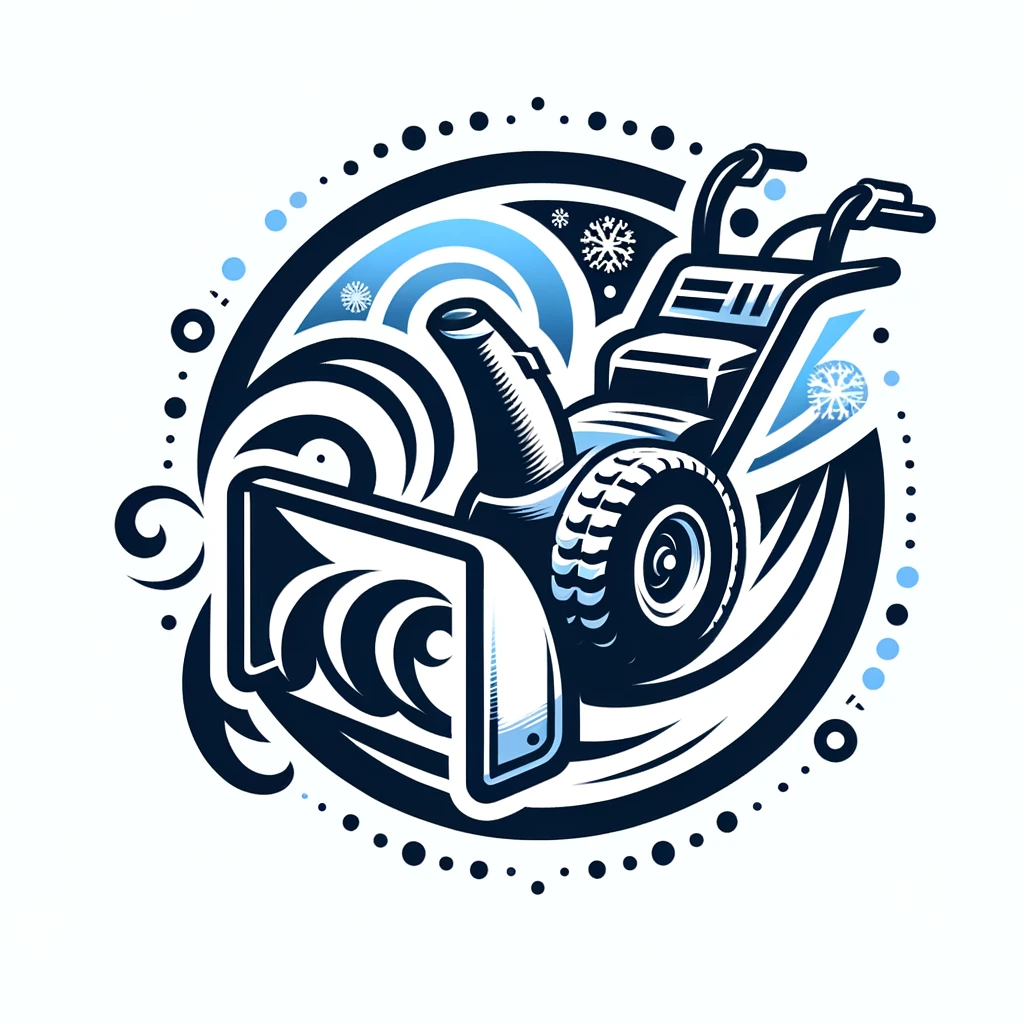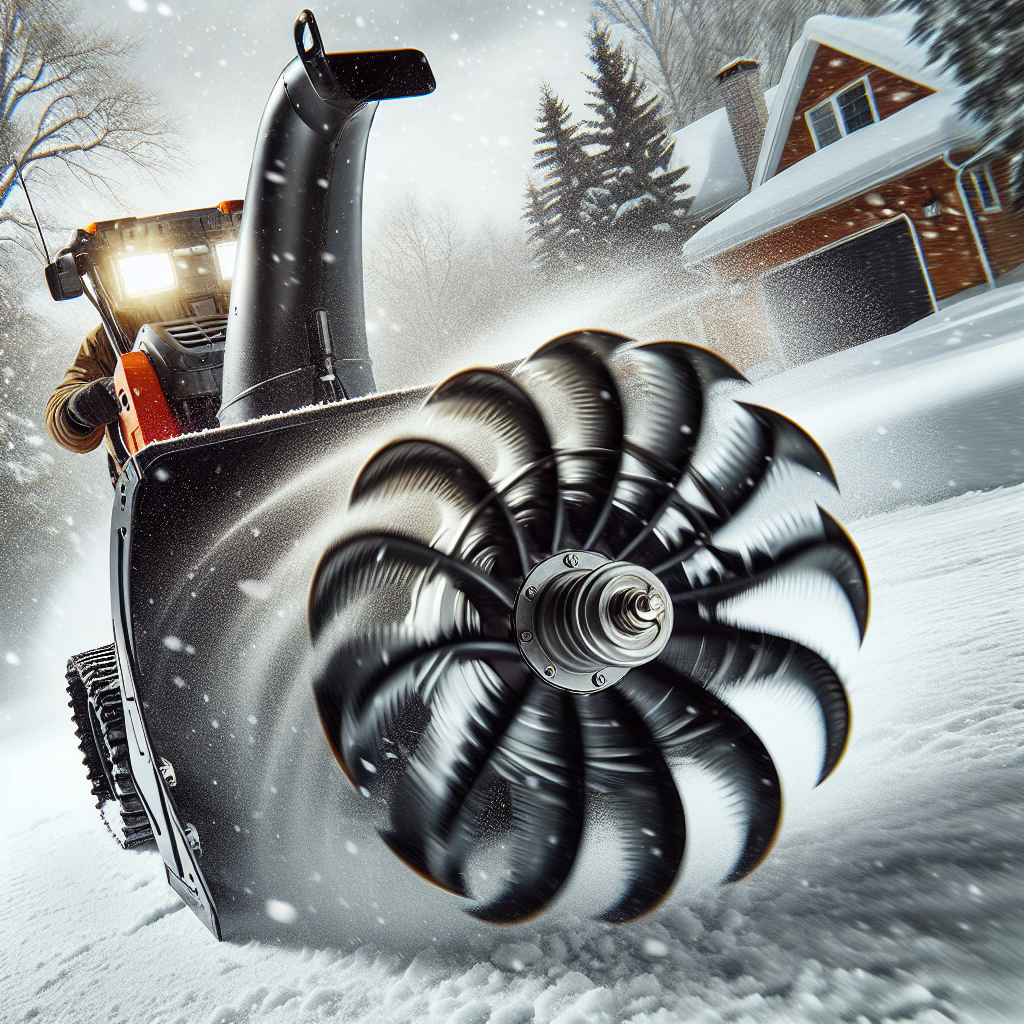Imagine this scenario: you wake up to find your driveway covered in a thick blanket of snow. As you begin to contemplate the herculean task of clearing it all away, you wonder if a single stage snow blower would be your savior. But before you make a decision, you find yourself pondering a crucial question: do single stage snow blowers actually touch the ground? This article aims to shed light on this query, providing you with all the information you need to tackle winter’s icy grip. So, grab a cup of hot cocoa and let’s dive right in!
Overview
What are single stage snow blowers?
Single stage snow blowers are compact and lightweight machines used for clearing snow from driveways, sidewalks, and other small to medium-sized areas. These snow blowers feature an auger that gathers the snow and throws it out through a discharge chute. They are typically powered by gas or electricity and are designed for residential use.
How do single stage snow blowers work?
Single stage snow blowers work by using an auger to collect and throw the snow. The auger is a rotating, corkscrew-shaped blade that spins rapidly and scoops up the snow as it moves forward. The snow is then thrown out through a discharge chute, which can be adjusted to control the direction and distance of the snow.
The auger also helps propel the snow blower forward, allowing the user to easily navigate through the snow-covered area. Some single stage snow blowers also have rubber paddles on the auger blades, which help prevent damage to surfaces like driveways and sidewalks.
Ground Clearance
Importance of ground clearance in snow blowers
Ground clearance is an important factor to consider when choosing a snow blower. It refers to the distance between the bottom of the snow blower and the ground. Sufficient ground clearance is necessary to prevent the snow blower from getting stuck or damaged by uneven terrain or debris hidden beneath the snow.
Do single stage snow blowers touch the ground?
No, single stage snow blowers typically do not touch the ground. They are designed to hover slightly above the surface being cleared. This ensures that the auger blades do not come into direct contact with the ground, reducing the risk of damage to the blades and the surface.
Types of Snow Blowers
Single stage snow blowers
Single stage snow blowers are the most basic type of snow blower. They have a single auger that collects and throws the snow. These snow blowers are light and easy to maneuver, making them ideal for small to medium-sized areas. They are best suited for light to moderate snowfalls and are not recommended for heavy or wet snow.
Two stage snow blowers
Two stage snow blowers are more powerful than single stage snow blowers. They have an auger that collects the snow and a separate impeller that throws it out through the discharge chute. This two-stage process allows them to handle larger amounts of snow and tackle tougher conditions, such as heavy and wet snow. Two stage snow blowers are typically larger and more expensive than single stage snow blowers.
Three stage snow blowers
Three stage snow blowers are the most powerful and efficient type of snow blower. They have an auger that collects the snow, an impeller that chops and breaks up the snow, and a accelerator that moves the snow at a higher speed through the discharge chute. These snow blowers are capable of handling heavy snowfalls and are often used for commercial or large residential areas.
Pros and Cons of Single Stage Snow Blowers
Advantages of single stage snow blowers
- Single stage snow blowers are lightweight and easy to maneuver.
- They are typically more affordable than two or three stage snow blowers.
- Single stage snow blowers are compact and easy to store.
- They are ideal for clearing small to medium-sized areas.
Disadvantages of single stage snow blowers
- Single stage snow blowers are not as powerful as two or three stage snow blowers.
- They are not recommended for heavy or wet snow.
- Single stage snow blowers may struggle with uneven terrain or packed snow.
- They may require more passes to clear deep snow.
Factors to Consider When Choosing a Snow Blower
Snowfall amount and frequency
The amount and frequency of snowfall in your area will determine the type of snow blower you need. For light to moderate snowfalls, a single stage snow blower will suffice. However, if you experience heavy or frequent snowfalls, a two or three stage snow blower would be more suitable.
Size of the area to be cleared
Consider the size of the area you need to clear. Single stage snow blowers are great for small to medium-sized areas like driveways or sidewalks. For larger areas, a larger and more powerful snow blower would be more efficient and time-saving.
Terrain and surface conditions
If you have uneven terrain or a gravel surface, you should take this into account when choosing a snow blower. Single stage snow blowers may struggle with these conditions and could potentially cause damage. Two or three stage snow blowers are better equipped to handle uneven terrain and tougher surfaces.
Maintenance and Care
Cleaning and storing the snow blower
After using the snow blower, it is important to clean off any snow or debris that may have accumulated. This can be done with a brush or broom. It is also recommended to allow the snow blower to cool down before cleaning it. Once cleaned, store the snow blower in a dry and secure location, away from children and pets.
Maintenance tips for single stage snow blowers
Regular maintenance is important to keep your single stage snow blower in good working condition. Some maintenance tasks to consider include:
- Checking and replacing spark plugs
- Changing the oil
- Lubricating moving parts
- Inspecting and replacing belts if necessary
- Cleaning or replacing the air filter
Following the manufacturer’s recommended maintenance schedule will help prolong the life of your snow blower.
Tips for Using a Single Stage Snow Blower
Preparing the area before snow blowing
Before using the snow blower, make sure the area is clear of any obstacles such as rocks, sticks, or debris. Clearing the area beforehand will prevent damage to the snow blower and ensure a smoother and more efficient snow clearing process.
Proper technique and safety precautions
When operating a single stage snow blower, be sure to follow these tips for optimal performance and safety:
- Hold the handles firmly and maintain a stable stance while using the snow blower.
- Start at the edge of the area to be cleared and work your way inward in a straight line.
- Avoid blowing snow towards people, cars, or other structures.
- Use caution when operating on slopes or inclines, as the snow blower may be less stable.
Always refer to the user manual for specific instructions and safety guidelines.
Clearing snow efficiently
To clear snow efficiently with a single stage snow blower, follow these tips:
- Clear smaller amounts of snow at a time to prevent overloading the machine.
- Slowly move the snow blower forward, allowing the auger to collect the snow.
- Adjust the discharge chute as needed to control the direction and distance of the snow.
- Overlap each pass slightly to ensure complete snow removal.
FAQs
Can a single stage snow blower handle heavy snowfalls?
Single stage snow blowers are not recommended for heavy snowfalls. They are more suitable for light to moderate snowfalls.
Can single stage snow blowers be used on gravel surfaces?
Using a single stage snow blower on gravel surfaces can cause damage to the machine and the surface. It is best to use a two or three stage snow blower for these conditions.
Can single stage snow blowers be used on uneven terrain?
Single stage snow blowers may struggle with uneven terrain. It is advisable to use a two or three stage snow blower for better performance on these surfaces.

